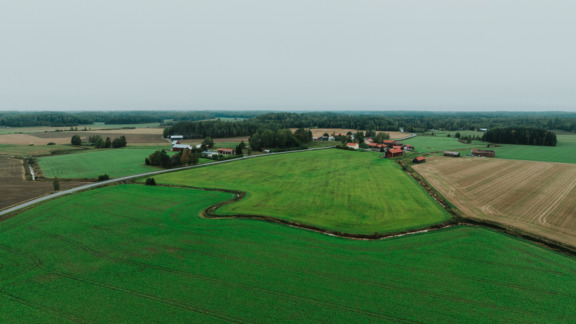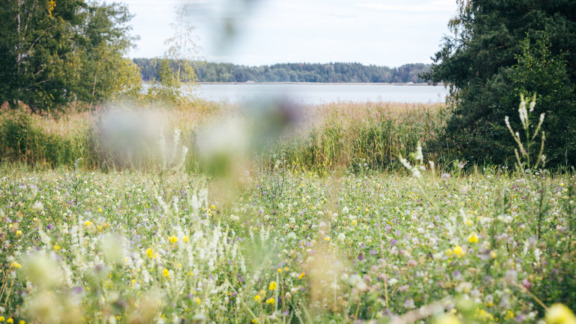BLOG: Carbon Action can be an example of systemic change
To mitigate climate change, we need to dramatically curb emissions. But that is not enough. In addition, we need to remove carbon from the atmosphere. The only know technique to remove carbon in a large scale is the nature: photosynthesis removes carbon dioxide naturally.
Trees and plants remove carbon dioxide from the air and store it to the soil. Soils store more carbon than the earth’s atmosphere and all its plants and animals combined. Soil also has 25% of all the biodiversity of the earth, and diversity above is intrinsically connected to diversity underground. So, we need to manage the climate crisis and the biodiversity crisis together.
The amount of carbon on the planet is finite. It’s the same now as it always has been. it’s a question of where carbon is and in what form. Carbon and hydrological cycles should be in balance. To ensure this, we need functioning ecosystems.
Human activities affecting soil processes can lead to carbon loss or improved storage. In Finland, we are running an ambitious platform called Carbon Action to enhance the soil carbon sequestration. We wanted to create a globally useful pilot example of paradigm change needed in the food chain. Global food security is at stake too, as we need to find farming methods with which we can produce food for the growing population.
Carbon Action is a platform for systemic change. The platform is a large multi-disciplinary network of researchers, farmers, companies and NGOs. The aim is to speed up the paradigm shift from destructive agricultural practices to regenerative practices that build soil, sequester carbon, nurture biodiversity, keep nutrients away from water bodies and enhance farmer’s profitability. At the same time, we make food production more resilient in the changing climate.
The Carbon Action platform has several funders and hosts several projects. The platform enables close cooperation between projects. The holistic approach is awakening interest also internationally.
An important objective is to develop a practical quantification and verification system of carbon sequestration and climate impacts. This is done by combining various measurements and modeling, and requires a lot of interdisciplinary research.
Verification is essential in order to make climate policy or create result-based incentives for the farmers. And as EU is developing its Common Agricultural Policy, we should make sure it steers the system towards regenerative practices and produces public goods together with food.
We need actions in the field and among real farmers at the same time. Our 100 pilot Carbon Farms test practices and collect experiences including effects on soil health and yields. Detailed field experiments study the impacts on carbon fluxes and sequestration, enhance the professional knowhow and motivation of the farmer. Companies are interested in this too as it helps them develop their supply chains and respond to increasing consumer demand for sustainable products. Business has a lot of possibilities to speed up the regenerative practices.
Success of the Carbon Action work has proved us that we have hope and a paradigm change is possible, though not at all easy. To stress my key message once again: we need to mitigate climate change and stop the biodiversity loss. These two crises go hand in hand. We need to cut emissions, put a price on carbon and make sure that nature can work – ensure that land use is based on wellbeing of the ecosystem and human activities are regenerative. We need science, politics, NGOs, business and citizens all aboard. And we need actions, not only words.
Saara Kankaanrinta
Chair of the Board and Founder
Baltic Sea Action Group
Carbon Action



